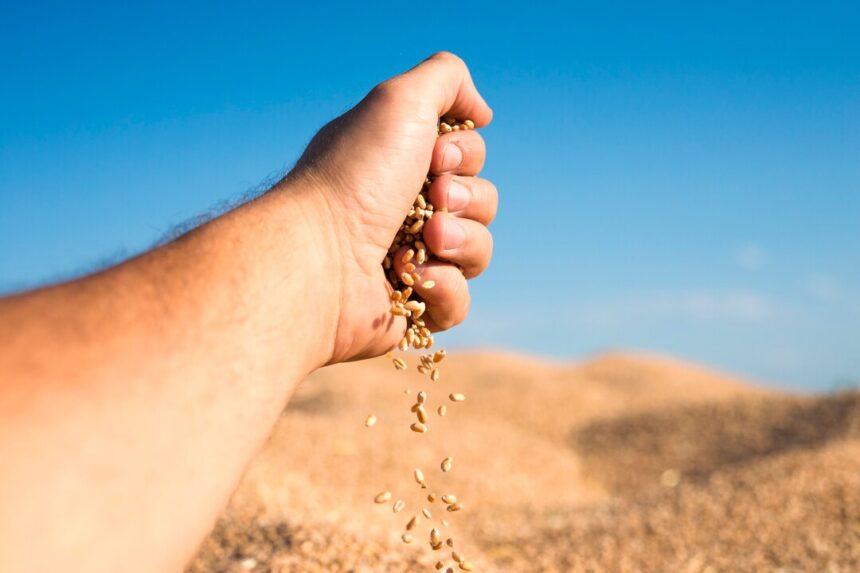Oats (Avena sativa) have become increasingly significant in South Africa’s agricultural landscape, renowned for their nutritional value, versatility, and adaptability to diverse growing conditions. To optimize the quality and yield of oats, farmers employ a range of techniques tailored to local climates, soil types, and agricultural practices. By embracing innovative strategies and leveraging scientific advancements, South African oat producers can maximize both quantity and quality in their harvests. Here are some proven techniques for achieving exceptional results:
1. Soil Preparation and Fertility Management:
- Adequate soil preparation lays the foundation for successful oat cultivation. Farmers should conduct soil tests to assess nutrient levels and pH, followed by appropriate soil amendments and fertilization.
- Implementing sustainable soil management practices, such as cover cropping, crop rotation, and organic matter incorporation, enhances soil structure, fertility, and water retention, thereby promoting robust oat growth and yield.
2. Variety Selection:
- Selecting oat varieties suited to South Africa’s climatic conditions and growing regions is paramount for maximizing yield and quality. Choose varieties with resistance to prevalent diseases, pests, and environmental stresses to ensure crop resilience and productivity.
- Consider traits such as yield potential, disease resistance, lodging resistance, and agronomic suitability when selecting oat varieties for cultivation.
3. Planting Techniques and Timing:
- Optimal planting techniques and timing are critical for achieving uniform stands and maximizing oat yield. Plant oats at the recommended seeding rate and depth, ensuring adequate soil moisture and temperature for germination and early growth.
- Align planting schedules with local climate patterns and seasonal rainfall distribution to capitalize on favorable growing conditions and minimize weather-related risks.
4. Irrigation Management:
- Efficient irrigation management is essential for maintaining adequate soil moisture levels throughout the oat growing season, particularly in regions prone to drought or water scarcity. Implement precision irrigation techniques, such as drip or micro-irrigation, to minimize water usage and maximize efficiency.
- Monitor soil moisture levels regularly and adjust irrigation schedules based on crop water requirements and weather forecasts to optimize oat growth, development, and yield.
5. Weed Control Strategies:
- Effective weed management is crucial for minimizing competition for resources and maximizing oat yield and quality. Implement integrated weed management practices, including cultural, mechanical, and chemical control methods, to suppress weed growth and minimize herbicide resistance.
- Utilize pre-emergent and post-emergent herbicides judiciously, following label instructions and best management practices to minimize environmental impact and ensure oat crop safety.
6. Disease and Pest Management:
- Proactive disease and pest management strategies are essential for protecting oat crops from potential threats and minimizing yield losses. Monitor oat fields regularly for signs of diseases, such as rust, smut, and powdery mildew, and implement timely interventions as needed.
- Adopt integrated pest management (IPM) approaches, including biological control, cultural practices, and chemical treatments, to manage insect pests, such as aphids, armyworms, and thrips, while minimizing pesticide use and environmental risks.
7. Nutrient Management and Fertilization:
- Balanced nutrient management and fertilization practices are critical for promoting optimal oat growth, development, and yield. Conduct soil tests to assess nutrient deficiencies and apply fertilizers strategically to meet crop nutrient requirements.
- Consider using organic fertilizers, such as compost or manure, to improve soil health and fertility while minimizing chemical inputs and environmental impact.
8. Post-Harvest Handling and Storage:
- Proper post-harvest handling and storage practices are essential for preserving oat quality and minimizing losses. Harvest oats at the appropriate moisture content to prevent mold growth and maintain seed viability.
- Ensure adequate drying, cleaning, and conditioning of harvested oats before storage to minimize moisture buildup, insect infestations, and spoilage during storage.
9. Continuous Monitoring and Evaluation:
- Regular monitoring and evaluation of oat crops throughout the growing season are essential for identifying potential issues early and implementing corrective measures. Keep detailed records of agronomic practices, pest and disease pressures, and yield data to inform decision-making and optimization efforts.
- Embrace digital agriculture technologies, such as remote sensing, drones, and farm management software, to collect real-time data and insights on oat crop performance and make data-driven decisions to enhance yield and quality.
10. Knowledge Sharing and Collaboration:
- Foster knowledge sharing and collaboration among oat producers, researchers, extension agents, and industry stakeholders to exchange information, best practices, and innovations for enhancing oat quality and yield.
- Participate in field trials, research projects, and farmer networks to stay abreast of the latest advancements in oat cultivation techniques, genetics, and agronomy, and leverage collective expertise to address common challenges and opportunities.
By implementing these techniques and embracing a holistic approach to oat cultivation, South African farmers can enhance the quality and yield of their oat crops while promoting sustainability, resilience, and profitability in the agricultural sector. With a commitment to continuous improvement and innovation, oat producers can contribute to food security, economic development, and environmental stewardship in South Africa and beyond.
Join 'Farmers Mag' WhatsApp Channel
Get the latest Farming news and tips delivered straight to your WhatsApp
CLICK HERE TO JOIN






